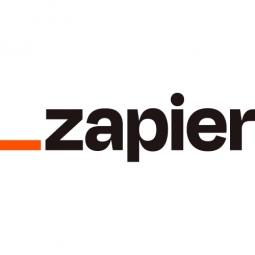Leveraging Software Integrations for Voter Data Management: A Case Study on Ohio House Republican Organizational Committee

- Application Infrastructure & Middleware - Database Management & Storage
- Infrastructure as a Service (IaaS) - Cloud Databases
- Equipment & Machinery
- Telecommunications
- Product Research & Development
- Smart Campus
- Time Sensitive Networking
- System Integration
The customer in this case study is the Ohio House Republican Organizational Committee (OHROC), a political organization tasked with promoting and supporting Republican candidates for the Ohio House of Representatives. The OHROC operates in a highly competitive and fast-paced environment, where access to and effective use of voter data can significantly influence the outcome of elections. The organization had limited resources, both in terms of funds and manpower, and was facing a significant challenge in managing and utilizing its dispersed voter data. The solution needed to be cost-effective, efficient, and quick to implement, as the election campaign was already underway.
In the run-up to the 2014 elections, the Ohio House Republican Organizational Committee (OHROC) faced a significant challenge: managing and making sense of dispersed voter data. The data, including voter names, addresses, and phone numbers, was stored in digital 'silos' that were not interconnected, making it difficult to access and utilize the information effectively. The data was often left uncollected or, when collected, would sit unused in an Excel spreadsheet. The challenge was exacerbated by the fact that the OHROC had neither the funds to hire an outside tech consultant nor the time to build an internal tech team. The task of solving this problem fell to Vasyl Rabosyuk, the 25-year-old director of technology development at OHROC, who had to find a solution quickly as canvassers were set to hit the streets in two months, potentially adding more mismatched data to the silos.
Rabosyuk and his team developed a system that connected the data silos, making the voter data more accessible and easier to use. They used Zapier, an integration tool that connects more than 550 apps and services, including their SQL database. This allowed them to tap into all the data, giving them a competitive edge by enabling them to quickly target swing voters. They used an integration between two of their silos to send out 3,000 personalized emails across three tightly contested districts, which they won on election day. They also used Zapier to automate the process of following up with voters who were not home when volunteers knocked on their doors. This involved scanning paper notes from canvassers into an OCR (optical character recognition) app, which parsed out the voter information and added it to the campaign's SQL database. This database was connected to Zapier, which was connected to NationBuilder, triggering a follow-up phone call to the voter.

Case Study missing?
Start adding your own!
Register with your work email and create a new case study profile for your business.
Related Case Studies.








